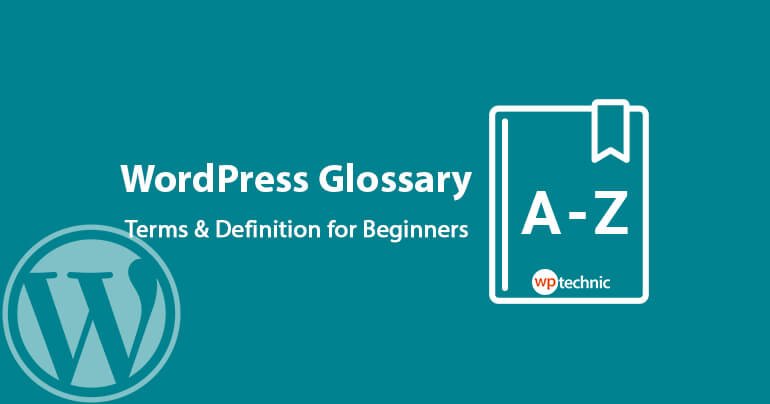In WordPress, a Template is a file or set of files used to define the structure, layout, and functionality of a specific page or group of pages on your website. Templates are used to control the presentation of content on your website and can be customized to create unique page designs and layouts.
WordPress uses a Template Hierarchy to determine which templates to use for each page or post on your website. The hierarchy is based on the type of content and the parent-child relationship between pages. For example, a page template might be used for all pages on your website, while a custom post type template might be used for a specific type of content.
For example, header.php is the template file for the header area of your website.
There are several types of templates available in WordPress, including:
- Page Templates: Used to define the layout and functionality of specific pages on your website.
- Single Post Templates: Used to define the layout and functionality of individual blog posts.
- Archive Templates: Used to define the layout and functionality of archive pages, such as category and tag archives.
- Custom Post Type Templates: Used to define the layout and functionality of custom post types on your website.
Your theme may have a separate template for footer area, for post and page types, templates for sidebar and so on.
Templates can be customized using HTML, CSS, and PHP code, or by using plugins and themes that provide pre-built templates and layouts. Customizing templates allows you to create unique designs and functionality for your website, giving you more control over the look and feel of your site.

